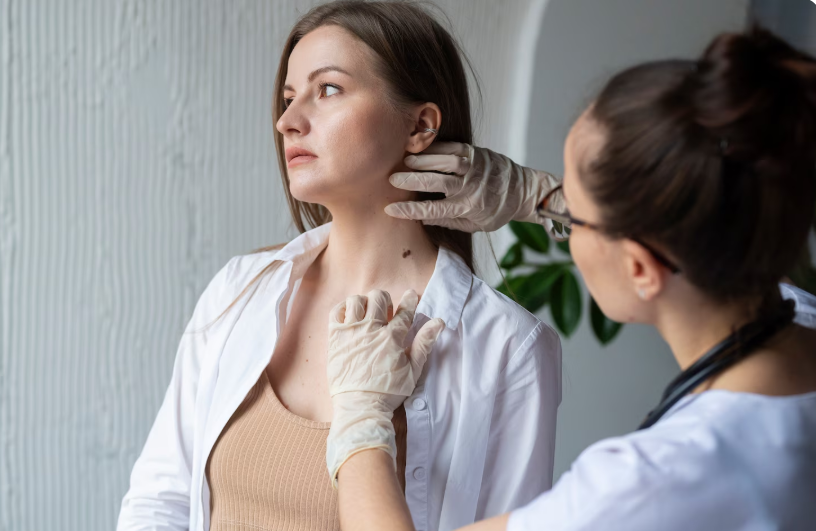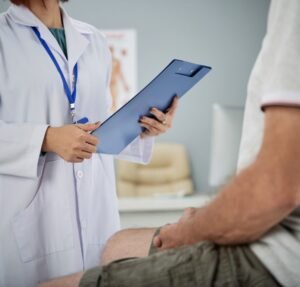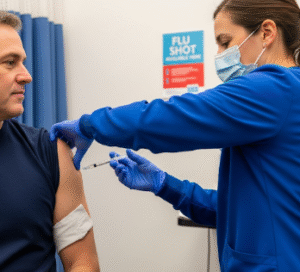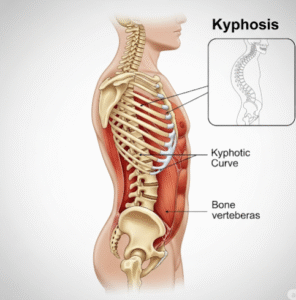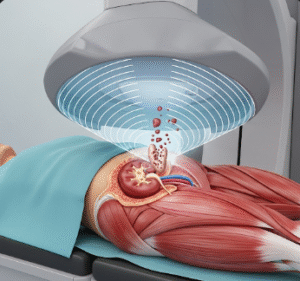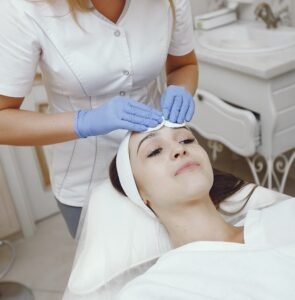Overview
Compulsive skin picking, medically referred to as Excoriation Disorder or Dermatillomania, is a psychological condition in which individuals repeatedly pick at their skin, leading to wounds, infections, and scarring. Unlike occasional skin picking, this disorder is chronic and compulsive, causing distress and interfering with daily life.
In Korea, compulsive skin picking is increasingly recognized as a mental health condition related to obsessive-compulsive and impulse control disorders. While cultural emphasis on clear, flawless skin can add additional social and psychological pressure, Korean healthcare providers offer advanced psychiatric, dermatological, and behavioral treatments. With the integration of modern therapies, medications, and holistic approaches, patients in Korea can access comprehensive and confidential care.
What is Compulsive Skin Picking?
Compulsive skin picking is a mental health disorder in which individuals feel an irresistible urge to pick at healthy skin, scabs, acne, or perceived imperfections. This often leads to repeated skin damage, open sores, bleeding, and permanent scarring.
The behavior is not a simple bad habit but is driven by strong compulsions that may be triggered by stress, anxiety, boredom, or even relaxation. In many cases, individuals may feel relief or satisfaction during the act but experience shame, guilt, or distress afterward.
The condition is officially classified in the DSM-5 (Diagnostic and Statistical Manual of Mental Disorders) under Obsessive-Compulsive and Related Disorders.
Symptoms
The symptoms of compulsive skin picking may vary in severity but commonly include:
- Recurrent picking at skin that results in lesions, sores, or scarring
- Inability to stop or reduce the behavior despite attempts
- Picking at pimples, scabs, or healthy skin excessively
- Significant time spent engaging in or recovering from skin picking
- Feelings of tension or anxiety before picking and relief afterward
- Avoidance of social situations due to visible skin damage
- Frequent infections or worsening of skin conditions due to repeated trauma
Causes
The causes of compulsive skin picking are complex and multifactorial. Contributing factors include:
- Genetic predisposition – family history of OCD or impulse control disorders
- Brain chemistry – imbalances in neurotransmitters such as serotonin and dopamine
- Psychological conditions – anxiety, depression, and obsessive-compulsive disorder
- Behavioral conditioning – picking may temporarily relieve stress, reinforcing the habit
- Environmental triggers – stress, boredom, or specific sensations on the skin
- Perfectionism or body image concerns – especially prevalent in cultures emphasizing flawless skin, such as Korea
Risk Factors
Certain factors may increase the risk of developing compulsive skin picking:
- Family history of OCD, anxiety, or similar disorders
- Personal history of trauma or abuse
- High levels of chronic stress or anxiety
- Other body-focused repetitive behaviors (e.g., hair pulling, nail biting)
- Perfectionistic tendencies or negative body image
- Coexisting skin conditions such as acne or eczema that trigger picking
Complications
If left untreated, compulsive skin picking can lead to serious consequences:
- Permanent scarring or disfigurement
- Chronic skin infections and delayed wound healing
- Emotional distress, shame, and low self-esteem
- Social withdrawal due to embarrassment about appearance
- Anxiety and depression resulting from the cycle of guilt and compulsion
- In rare cases, medical complications such as cellulitis or sepsis from severe infections
Prevention
While compulsive skin picking cannot always be completely prevented, certain strategies may help reduce risk or severity:
- Early management of anxiety, stress, or OCD symptoms
- Developing healthy coping mechanisms such as exercise, meditation, or journaling
- Keeping skin moisturized and managing dermatological conditions like acne or eczema
- Wearing protective coverings such as gloves or bandages to reduce picking opportunities
- Avoiding mirrors or magnifying tools that may trigger skin-picking episodes
- Seeking counseling or therapy when urges become overwhelming
Treatment Options in Korea
1. Diagnosis
In Korea, diagnosis involves both dermatological and psychiatric evaluation:
- Dermatology consultation – to assess skin damage and treat infections or scars
- Psychiatric evaluation – to identify underlying mental health conditions such as OCD or anxiety
- Behavioral assessment – to understand triggers, severity, and patterns of behavior
2. Psychological and Behavioral Therapies
- Cognitive Behavioral Therapy (CBT) – the most common treatment, focusing on identifying triggers and replacing harmful behaviors with healthier coping strategies
- Habit Reversal Training (HRT) – teaches patients to recognize urges and substitute them with alternative actions (e.g., squeezing a stress ball)
- Acceptance and Commitment Therapy (ACT) – helps patients accept urges without acting on them while focusing on long-term values
- Mindfulness-based therapies – widely used in Korean mental health centers to reduce stress and improve impulse control
3. Medication Options
Korean psychiatrists may prescribe medications to help reduce compulsive urges and treat coexisting conditions:
- SSRIs (Selective Serotonin Reuptake Inhibitors) – commonly prescribed for OCD and anxiety, helping reduce compulsive behavior
- N-Acetylcysteine (NAC) – an amino acid supplement sometimes used to reduce urges
- Antipsychotic medications – in severe or resistant cases, as an adjunct to SSRIs
- Mood stabilizers – if compulsive picking is associated with bipolar disorder or mood instability
4. Dermatological Treatments
Since compulsive skin picking often results in visible skin damage, Korean dermatology clinics offer treatments to repair and restore skin:
- Laser therapy – to reduce scarring and pigmentation
- Chemical peels – to improve skin texture and tone
- Scar revision procedures – for severe or deep scars
- Topical treatments and antibiotics – to treat infections and promote healing
5. Holistic and Supportive Care
Korean healthcare also integrates holistic approaches for better long-term outcomes:
- Stress management programs – yoga, meditation, and relaxation therapy
- Nutritional counseling – supporting skin healing through diet
- Telemedicine and online therapy – discreet counseling sessions increasingly popular in Korea
- Support groups – connecting patients with others facing similar challenges
6. Rehabilitation and Long-term Support
- Ongoing follow-up with dermatologists and psychiatrists
- Relapse prevention strategies taught in therapy sessions
- Skin care plans to reduce triggers (acne, dryness, irritation)
- Building a supportive environment involving family or close friends

